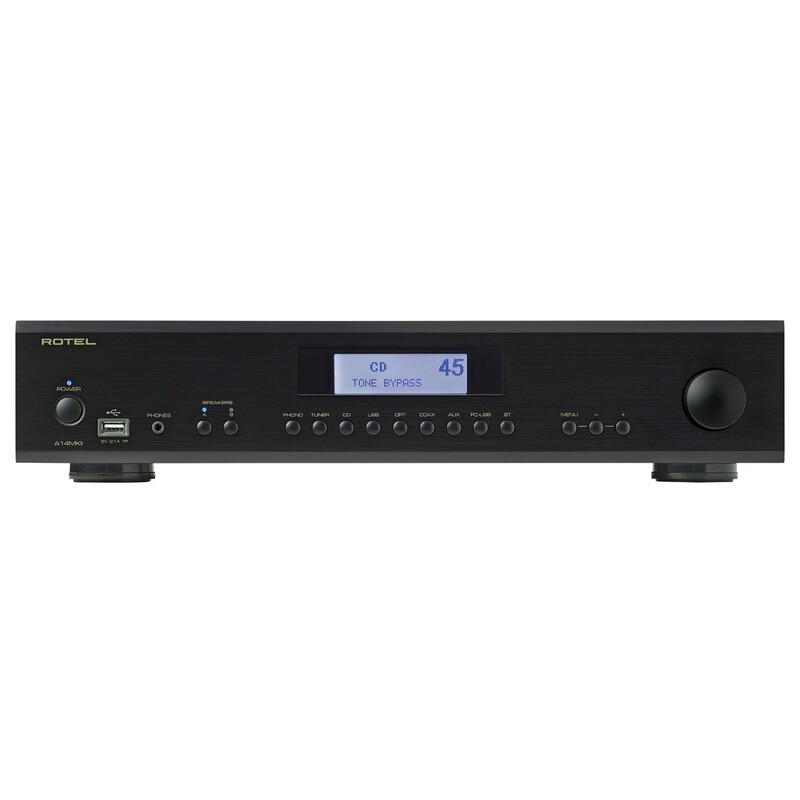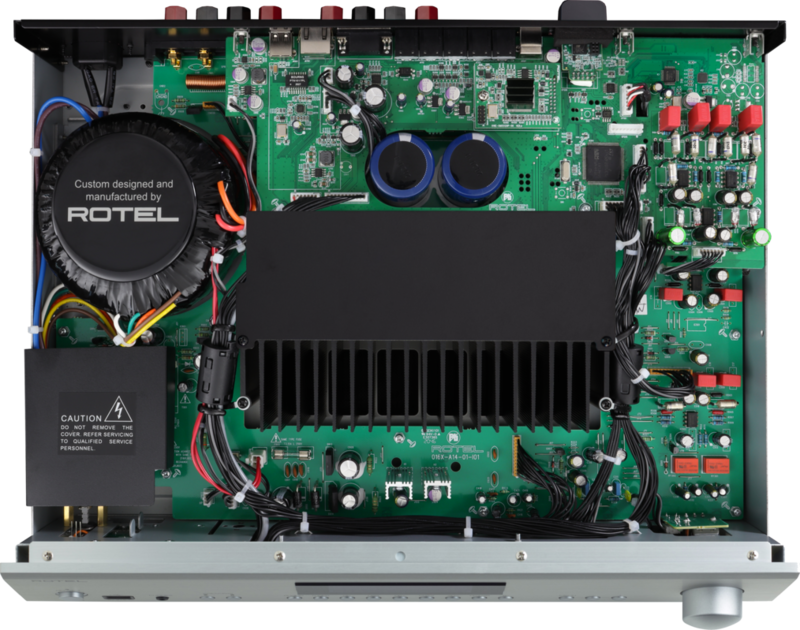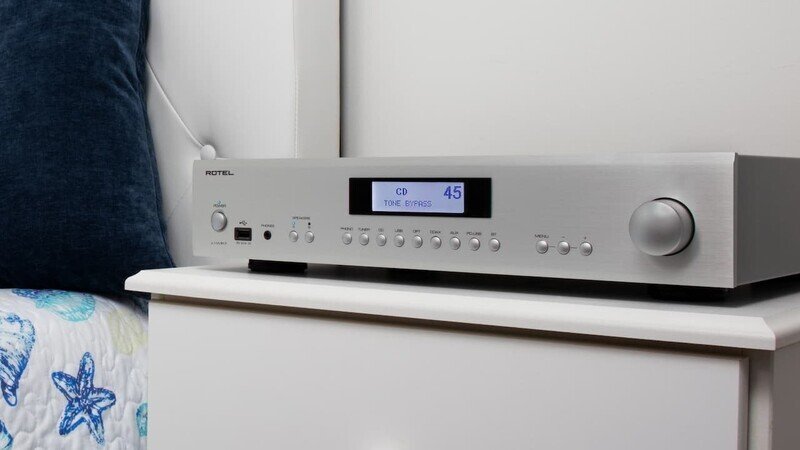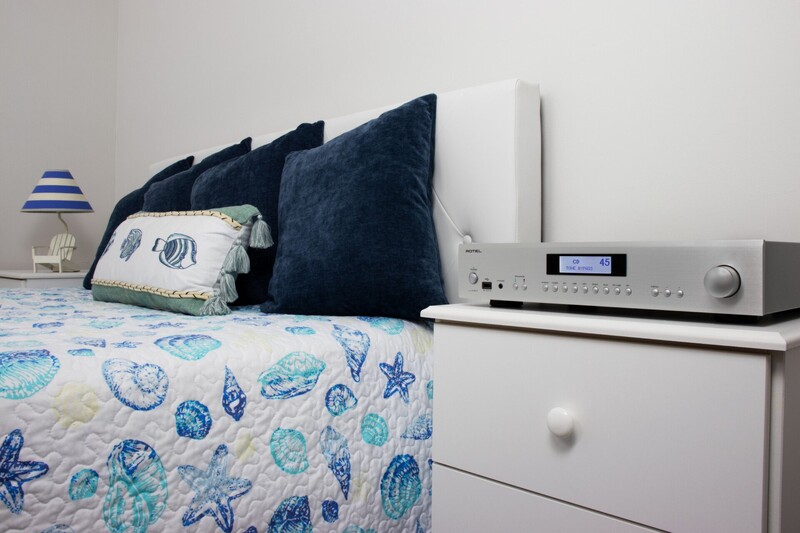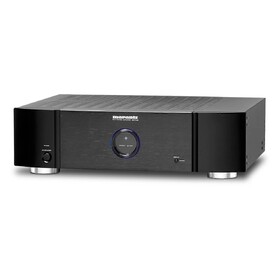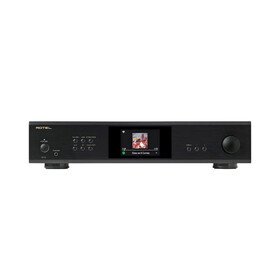Description
Integrated amplifier with digital inputs and MM phono equalizer, power 2 x 80 W (8 ohms), class AB, inputs: 4 RCA, MM phono equalizer, 2 optical, 2 coaxial, USB, USB (iOS), Bluetooth aptX/AAC, outputs: 3.5 mm for headphones, Pre Out (RCA), USB (charging), dimensions 430x93x345 mm, weight 8.9 kg.
Product information
The Rotel A14MKII AB-class integrated amplifier occupies a top position in the company's 14 Series series. Its main difference from the previous A14 flagship is improved circuitry and the replacement of some components in key chain nodes. The changes also affected the power supply and output stages, and instead of the built-in AKM DAC used in the predecessor, the MKII version uses a TI (Texas Instruments) chip capable of working with PCM formats (up to 32 bit/384 kHz) and MQA/MQA Studio asynchronous USB port, which is important, for example, when connecting to the TIDAL streaming service, which uses the MQA container for Hi-Res audio streaming.
The Rotel A14MKII is powered by a rather large proprietary toroidal transformer in conjunction with high-quality foil capacitors with perforated covers. Thanks to this potential, the model is able to output 80 W at a load of 8 ohms and increase it to 150 W when connecting 4-ohm speakers. The Rotel A14MKII also provides the possibility of bypassing the tone block circuits, which allows you to get the purest possible sound, free from noise and distortion.
The amplifier is equipped with a Bluetooth module that supports AAC and aptX audio codecs, the latter of which allows you to get sound as close as possible to CD quality. The model also received the Roon Tested certificate, which opens access to work with Roon software.
The frontal aluminum panel of the all-metal low-profile case has a small two-line display with the ability to adjust the brightness, built into its center. A USB port designed for listening to audio from Apple devices is also placed on the facade. There is a mini-jack socket for headphones nearby. On the rear panel there are a number of line inputs, MM-phono-corrector connectors and a section of input digital S/PDIF-connectors (a pair of coaxial and optical). An asynchronous USB port is also installed there. There is an output of the previous section Pre Out (RCA). There is an RS232 interface, two trigger outputs, an IR port, another USB only for charging gadgets and a Network (LAN) interface that allows you to connect to a local network and control the amplifier using a browser. Four pairs of screw terminals are used to connect speaker systems, which makes it possible to organize a biwiring or biamping connection. The kit includes a remote control.
Media


